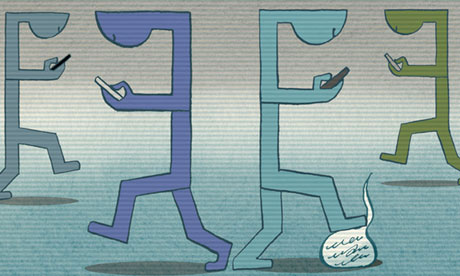U.S. Jail Population Declines for Third Consecutive Year, Reports Justice Dept.
From June 2010 to June 2011, the jail inmate population declined 1.8 percent, dropping to 735,601 from 748,728. Jails were operating at 84 percent of their rated capacity at mid-year 2011, the lowest percentage since 1984.
House Funding Bill Includes $70 million for Second Chance Act
The House and Senate Appropriations Subcommittees on Commerce, Justice, and Science proposed $70 million for the Second Chance Act, an increase of $7 million from the FY12 funding level. The Second Chance Act was passed by Congress in 2008 and supports evidence-based strategies proven to reduce recidivism.
California Group Collects Enough Signatures to Place Three-Strikes on Nov. Ballot
A coalition of law enforcement officials, civil rights organizations and taxpayer groups reported recently that it has submitted enough signatures to local election officials to qualify a November ballot initiative to change California's three-strikes law. The controversial statute, which deals out long sentences for any third felony, has been linked to the precipitous growth of California's bloated prison population. The measure, which received 830,000 signatures, also would allow prisoners currently serving life behind bars for nonviolent third strikes to appeal their sentences.
Vermont Reduces Prison Population Growth with Smart Reforms
In 2007, it looked like Vermont's prison population, which had doubled between 1997 and 2007, would continue its upward trend. In the five years since then, the state has reduced its prison population by changing the way it sentences offenders and rehabilitates inmates. Vermont Gov. Peter Shumlin credits a mix of measures that includes risk-based assessments at sentencing and drug treatment and job training for parolees with his state's success.
George Will Comments on Life without Parole for Juveniles
In the wake of the oral arguments in Miller v. Alabama and Jackson v. Hobbs, in which the Supreme Court considered whether sentencing minors to life without parole constitutes cruel and unusual punishment under the Eighth Amendment, George Will calls on the court to consider modern understandings of adolescent psychology when making its decision. Writes Mr. Will, "The court must consider not only what is society's sense of cruelty but also how that sense should be shaped by what some new technologies reveal about adolescent brain biology."
















